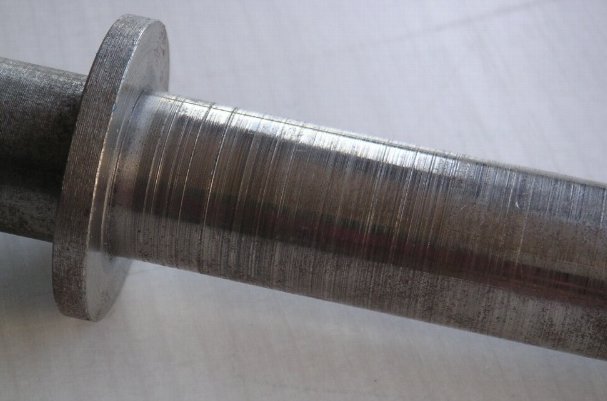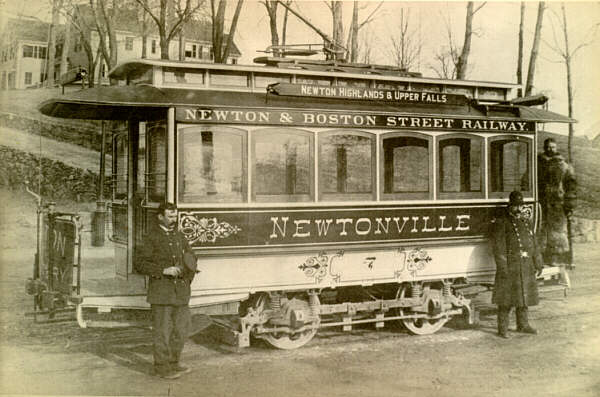|
Martindale (unit)
The Martindale is a unit for quantifying the abrasion resistance of textiles, especially when used for upholstery. The Martindale method, also known as the Martindale rub test, simulates natural wear of a seat cover, in which the textile sample is rubbed against a standard abrasive surface with a specified force. The test equipment works in intervals of 5000 cycles, totalling the ''wear number'' (unit: Martindale) of abrasion cycles that leads to the material being worn to a specified degree. The higher the value, the more resistant the material is to abrasion. In upholstery, the Martindale Test abrasion rub test is internationally recognised and designed to measure the durability of a fabric according to the number of times discs can oscillate a layer of sandpaper or wool across the fabric before it starts to show distress. Each fabric is divided into categories by numerical score showing how durable it is. These categories range from decorative use, light domestic use, general do ... [...More Info...] [...Related Items...] OR: [Wikipedia] [Google] [Baidu] |
Austrian Standards
Austrian Standards International (formerly german: Österreichisches Normungsinstitut), abbreviated ASI, is a standards organization and the International Organization for Standardization, ISO member body for Austria. History Its predecessor organization, the ''Österreichischer Normenausschuss für Industrie und Gewerbe'' (Austrian Standards Committee for Industry and Trade), was founded in the First Republic of Austria on 23 September 1920, with 13 committees developing technical standards primarily for mechanical engineering, mechanical and electrical engineering. The first standard was published in 1921 on metric screw threads. In 1932, the committee's name was shortened to the ''Österreichischer Normenausschuss'' (Austrian Standards Committee). With the Austrian ''Anschluss'' to Nazi Germany in 1938, it became a branch office of the German ''Deutsches Institut für Normung'' (DIN) standards organization, but resumed operations in its own right after World War II, and was a ... [...More Info...] [...Related Items...] OR: [Wikipedia] [Google] [Baidu] |
Textiles Flächengebilde
Textile is an umbrella term that includes various fiber-based materials, including fibers, yarns, filaments, threads, different fabric types, etc. At first, the word "textiles" only referred to woven fabrics. However, weaving is not the only manufacturing method, and many other methods were later developed to form textile structures based on their intended use. Knitting and non-woven are other popular types of fabric manufacturing. In the contemporary world, textiles satisfy the material needs for versatile applications, from simple daily clothing to bulletproof jackets, spacesuits, and doctor's gowns. Textiles are divided into two groups: Domestic purposes onsumer textilesand technical textiles. In consumer textiles, aesthetics and comfort are the most important factors, but in technical textiles, functional properties are the priority. Geotextiles, industrial textiles, medical textiles, and many other areas are examples of technical textiles, whereas c ... [...More Info...] [...Related Items...] OR: [Wikipedia] [Google] [Baidu] |
Abrasion Resistance
Abrasion is the process of scuffing, scratching, wearing down, marring, or rubbing away. It can be intentionally imposed in a controlled process using an abrasive. Abrasion can be an undesirable effect of exposure to normal use or exposure to the elements. In stone shaping Ancient artists, working in stone, used abrasion to create sculptures. The artist selected dense stones like carbonite and emery and rubbed them consistently against comparatively softer stones like limestone and granite. The artist used different sizes and shapes of abrasives, or turned them in various ways as they rubbed, to create effects on the softer stone's surface. Water was continuously poured over the surface to carry away particles. Abrasive technique in stone shaping was a long, tedious process that, with patience, resulted in eternal works of art in stone. Models The Archard equation is a simple model used to describe sliding wear and is based on the theory of asperity contact. Q = \frac H whe ... [...More Info...] [...Related Items...] OR: [Wikipedia] [Google] [Baidu] |
Textiles
Textile is an umbrella term that includes various fiber-based materials, including fibers, yarns, filaments, threads, different fabric types, etc. At first, the word "textiles" only referred to woven fabrics. However, weaving is not the only manufacturing method, and many other methods were later developed to form textile structures based on their intended use. Knitting and non-woven are other popular types of fabric manufacturing. In the contemporary world, textiles satisfy the material needs for versatile applications, from simple daily clothing to bulletproof jackets, spacesuits, and doctor's gowns. Textiles are divided into two groups: Domestic purposes onsumer textilesand technical textiles. In consumer textiles, aesthetics and comfort are the most important factors, but in technical textiles, functional properties are the priority. Geotextiles, industrial textiles, medical textiles, and many other areas are examples of technical textiles, whereas clo ... [...More Info...] [...Related Items...] OR: [Wikipedia] [Google] [Baidu] |
Upholstery
Upholstery is the work of providing furniture, especially seats, with padding, springs, webbing, and fabric or leather covers. The word also refers to the materials used to upholster something. ''Upholstery'' comes from the Middle English word ''upholder'', which referred to an artisan who makes fabric furnishings. The term is equally applicable to domestic, automobile, airplane and boat furniture, and can be applied to mattresses, particularly the upper layers, though these often differ significantly in design. A person who works with upholstery is called an ''upholsterer''. An apprentice upholsterer is sometimes called an ''outsider'' or ''trimmer''. Traditional upholstery uses materials like coil springs (post-1850), animal hair (horse, hog and cow), coir, straw and hay, hessians, linen scrims, wadding, etc., and is done by hand, building each layer up. In contrast, today's upholsterers employ synthetic materials like dacron and vinyl, serpentine springs, and so on. ... [...More Info...] [...Related Items...] OR: [Wikipedia] [Google] [Baidu] |
Seat
A seat is a place to sit. The term may encompass additional features, such as back, armrest, head restraint but also headquarters in a wider sense. Types of seat The following are examples of different kinds of seat: * Armchair (furniture), Armchair, a chair equipped with armrests * Airline seat, for passengers in an aircraft * Bar stool, a high stool used in bars and many houses * Bench (furniture), Bench, a long hard seat * Bicycle seat, a saddle on a bicycle * Car seat, a seat in an automobile * Cathedra, a seat for a bishop located in a cathedral * Chair, a seat with a back * Chaise longue, a soft chair with leg support * Couch, a long soft seat * Ejection seat, rescue seat in an aircraft * Folding seat * Hard seat * Infant car seat, for a small child in a car * Jump seat, auxiliary seat in a vehicle * Pew, a Bench (furniture), long seat in a church, synagogue, or courtroom * Saddle, a type of seat used on the backs of animals, bicycles, lap etc. * Sliding seat, in a row ... [...More Info...] [...Related Items...] OR: [Wikipedia] [Google] [Baidu] |
Abrasive
An abrasive is a material, often a mineral, that is used to shape or finish a workpiece through rubbing which leads to part of the workpiece being worn away by friction. While finishing a material often means polishing it to gain a smooth, reflective surface, the process can also involve roughening as in satin, matte or beaded finishes. In short, the ceramics which are used to cut, grind and polish other softer materials are known as abrasives. Abrasives are extremely commonplace and are used very extensively in a wide variety of industrial, domestic, and technological applications. This gives rise to a large variation in the physical and chemical composition of abrasives as well as the shape of the abrasive. Some common uses for abrasives include grinding, polishing, buffing, honing, cutting, drilling, sharpening, lapping, and sanding (see abrasive machining). (For simplicity, "mineral" in this article will be used loosely to refer to both minerals and mineral-like substances ... [...More Info...] [...Related Items...] OR: [Wikipedia] [Google] [Baidu] |
Public Transportation
Public transport (also known as public transportation, public transit, mass transit, or simply transit) is a system of transport for passengers by group travel systems available for use by the general public unlike private transport, typically managed on a schedule, operated on established routes, and that charge a posted fee for each trip. There is no rigid definition; the ''Encyclopædia Britannica'' specifies that public transportation is within urban areas, and air travel is often not thought of when discussing public transport—dictionaries use wording like "buses, trains, etc." Examples of public transport include city buses, trolleybuses, trams (or light rail) and passenger trains, rapid transit (metro/subway/underground, etc.) and ferries. Public transport between cities is dominated by airlines, coaches, and intercity rail. High-speed rail networks are being developed in many parts of the world. Most public transport systems run along fixed routes with set emba ... [...More Info...] [...Related Items...] OR: [Wikipedia] [Google] [Baidu] |






